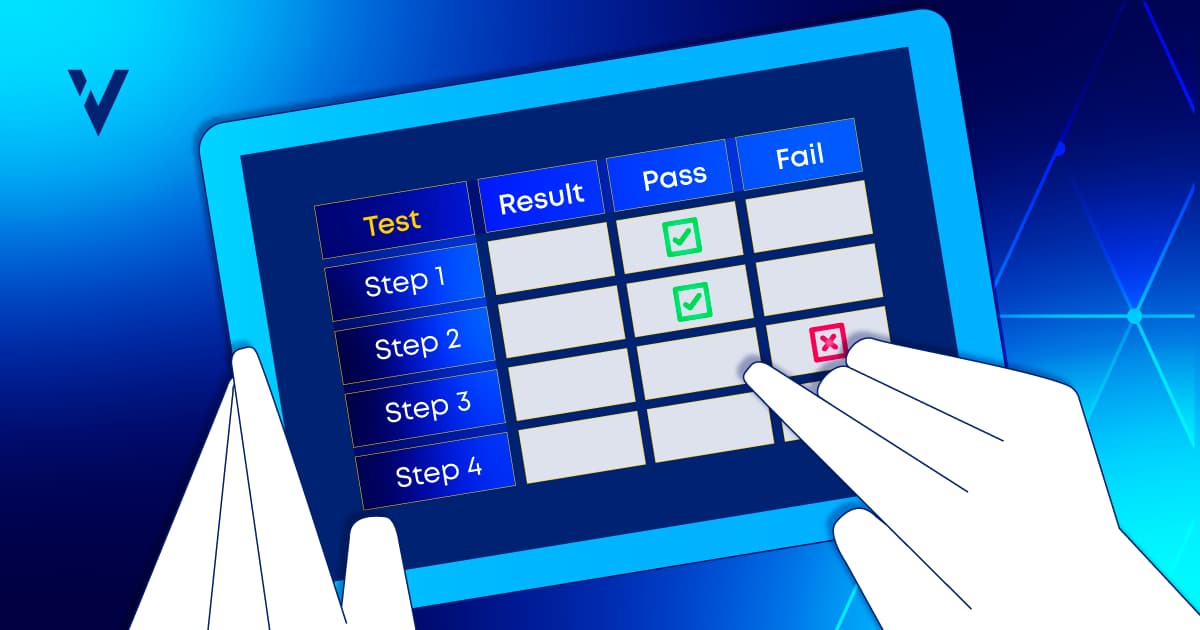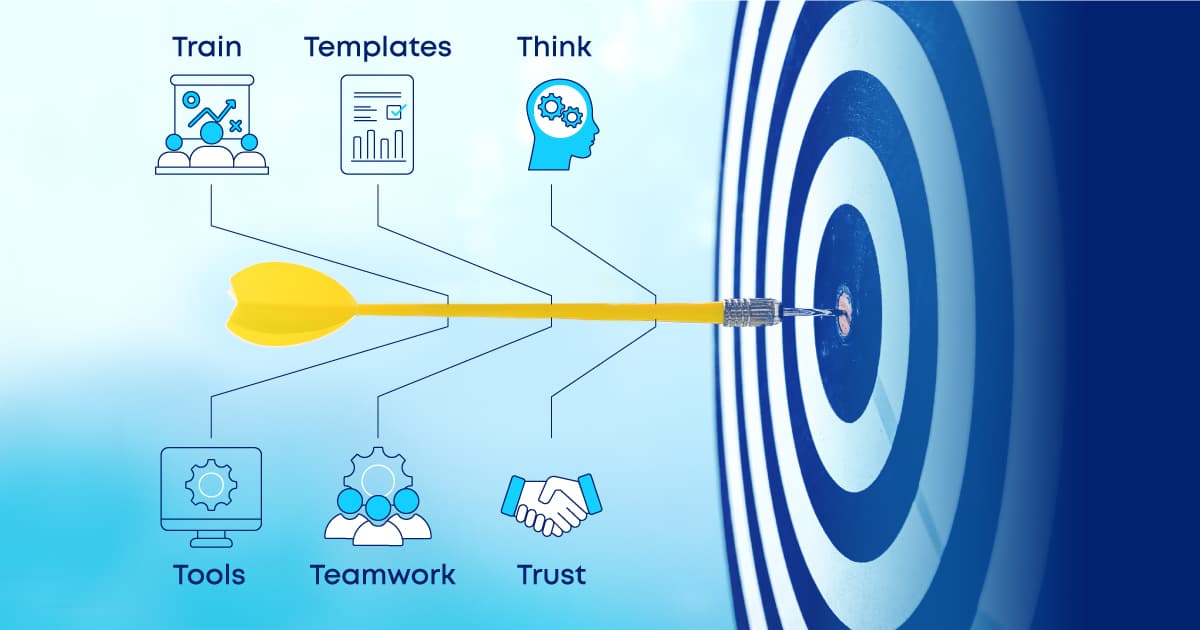Computer software assurance (CSA), the FDA's updated framework for computer system validation (CSV), is a significant step forward. While its promise of simplified, cost-effective validation is compelling, many life sciences companies remain uncertain about how to interpret and adopt the methodology. Regulations governing computer system validation have seen little change in more than two decades, and the industry is still awaiting final CSA guidance. If you're feeling concerned, intimidated, or overwhelmed—or all of the above—there’s no need to be. The truth is, CSA builds on CSV principles, and if you’re implementing CSV as intended, you may already be aligned with CSA.
How CSA Modernizes Validation
The FDA introduced the framework for computer system validation in 1997 with 21 CFR Part 11 and refined it in its 2002 guidance document, General Principles of Software Validation. Despite these foundational efforts, many companies have struggled—and continue to struggle—with the complexities of CSV. Traditional CSV methodology often prioritizes documentation for auditors above all else, followed by testing, assurance needs, and critical thinking. In contrast, the CSA methodology realigns these priorities, emphasizing critical thinking first, followed by assurance needs, testing, and documentation.
While CSA builds on the principles of CSV, it represents a more modern, streamlined approach to validation. The FDA has long advocated for a risk-based, least burdensome process, and CSA solidifies this perspective, empowering companies to shift away from exhaustive, documentation-heavy processes. By focusing on critical thinking and leveraging advanced technologies—such as cloud computing, mobile applications, and digital validation platforms—CSA offers a path to greater efficiency and agility in validation efforts.
The shift to CSA doesn’t just improve CSV; it redefines how organizations approach compliance in today’s fast-paced, technology-driven environment.
Are You Already Practicing CSA?
By examining how you approach risk assessment, testing, and quality, you can identify whether you're already incorporating CSA into your validation practices.
Using Critical Thinking to Manage Risk
Risk-based critical thinking forms the foundation of CSA. Many challenges associated with CSV stem from missteps in assessing and prioritizing risk. Validation requires compliance with regulatory requirements, quality systems, and standard operating procedures (SOPs), but it also demands thoughtful analysis. Applying critical thinking ensures high-priority items receive the appropriate rigor while lower-priority items are addressed at suitable levels.
ValGenesis' validation lifecycle management system, ValGenesis VLMS, integrates critical thinking tools, such as decision tree logic, to enhance risk assessments. These features help ensure your validation efforts are proportionate and aligned with CSA principles, reducing unnecessary burdens while maintaining compliance.
Adopting a Risk-Based Approach to Testing
Over-testing and exhaustive documentation have become common practices in CSV, often driven by a "just to be sure" mindset. While intended to ensure compliance, this approach wastes resources and can compromise patient safety by diverting attention from high-risk issues. Efforts to "test everything" frequently result in missed opportunities to focus on what truly matters.
CSA shifts this paradigm by promoting a least burdensome approach to testing. It encourages the use of vendor testing, as well as unscripted testing methods, which are less formal but highly effective. These strategies allow organizations to allocate resources more efficiently, ensuring critical risks are addressed without overloading teams with unnecessary tasks.
Balancing Quality and Compliance with CSA
CSA was developed to help life sciences organizations refocus on quality while maintaining compliance. In traditional CSV, the emphasis on producing documentation for auditors often overshadows the ultimate goal of ensuring patient safety and product quality. The FDA's Case for Quality initiative underscored this challenge, revealing that prioritizing compliance over best quality practices can inadvertently create risks to patient safety.
By integrating risk-based critical thinking and modern technologies, CSA bridges the gap between compliance and quality. It encourages life sciences professionals to streamline validation processes, reduce inefficiencies, and focus on activities that directly impact quality. Adopting digital tools, such as a paperless validation system, makes it easier to maintain compliance while achieving faster time to market and lower costs.
Embracing CSA for the Future
CSA principles are already aligned with existing regulations, meaning there’s no need to wait for formal guidance to adopt them. Organizations that have digitized their validation processes are likely already on the path to CSA. Transitioning to a paperless validation lifecycle management system, like ValGenesis VLMS, ensures your organization stays efficient, compliant, and quality-driven. Watch the webinar below to learn more.
Computer Software Assurance (CSA) Computer System Validation (CSV)
Pedro Ferreira
Quality and Risk Management Consultancy Service Lead



